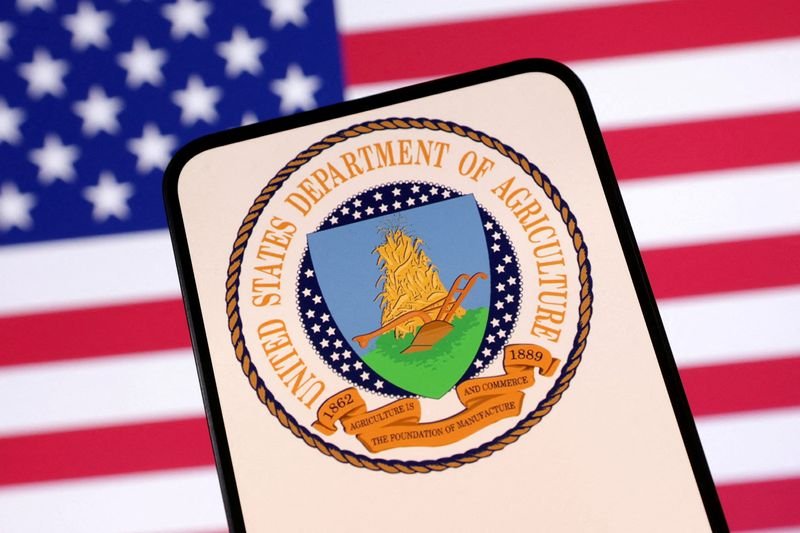US Farm Agency Expands Restrictions on Food Aid Across Six States
The U.S. Department of Agriculture (USDA) has recently authorized six additional states to impose specific restrictions on food aid distribution. This move aims to tackle the abuse of resources meant for low-income families by regulating which items can be purchased using food benefits.
Understanding Food Aid Restrictions
Food assistance programs, such as the Supplemental Nutrition Assistance Program (SNAP), are designed to help individuals and families in need access nutritious food. However, some states express concerns that certain items purchased with these benefits promote unhealthy eating habits or are not essential for nutrition.
To address these concerns, the USDA has granted permission to six states to restrict certain items from being acquired through SNAP. This initiative has generated discussions about the balance between providing necessary support to vulnerable populations and ensuring that funds are used effectively.
Which States Are Affected?
The six states approved for these restrictions include:
- Georgia
- Utah
- Ohio
- Arizona
- Florida
- Tennessee
Each of these states will have the authority to determine which specific items can be restricted from food aid purchases. This tailored approach allows them to consider local dietary trends and public health data when implementing restrictions.
Impact on Recipients
For recipients of SNAP benefits, these restrictions could mean changes in their purchasing choices. The goal is to guide beneficiaries toward healthier options that contribute positively to their nutritional intake. By limiting certain foods that are deemed non-essential or unhealthy, advocates hope to encourage better eating habits among low-income families.
However, these changes may also create challenges for individuals who rely on SNAP for their grocery needs. Access to various food options is a crucial component of food security, and any restrictions might complicate how beneficiaries shop and plan meals. Critics argue that these measures may penalize families who rely on SNAP to meet their basic food needs, especially if restricted items are typically part of their diets.
The Rationale Behind the Measure
Supporters of the USDA’s decision argue that states should have the flexibility to create policies that reflect the health needs of their populations. In areas where obesity and diet-related illnesses are prevalent, restricting certain high-calorie, low-nutrient foods aligns with public health initiatives aimed at improving overall nutritional standards.
Moreover, the USDA’s action is seen as a proactive step towards encouraging healthier eating habits among America’s most vulnerable populations. By steering recipients away from unhealthy options, the program aims not just to alleviate hunger, but also to contribute to long-term health benefits.
Criticism of Restrictions
Despite the intended benefits, the decision to introduce these restrictions has not gone without criticism. Some advocates argue that the approach may stigmatize SNAP recipients and send a message that they cannot be trusted to make their own food choices.
Additionally, concerns arise regarding the logistics of implementing these restrictions. Retailers must adapt to new guidelines, which could potentially lead to confusion at the point of sale. Education and outreach will be critical to ensure that both beneficiaries and retailers understand the changes and comply effectively.
Future Considerations
As this initiative takes shape, it will be important to monitor its effects on food security and public health. Evaluating how these restrictions influence the dietary habits of recipients could offer valuable insight into their effectiveness. Furthermore, states may need ongoing support and resources from the USDA to successfully navigate the complexities involved in enforcing these restrictions.
The USDA’s expansion of authority to implement food aid restrictions illustrates an evolving approach to tackling nutrition issues within America’s low-income communities. As these measures are rolled out, stakeholders from various sectors—including health advocates, policymakers, and food assistance recipients—will play critical roles in shaping the impact of this decision on food aid programs.
While the goal is to enhance nutrition for those relying on SNAP, there remains a need for thoughtful implementation and consideration of the broader implications to ensure that food assistance continues to support the needs of vulnerable families effectively.
